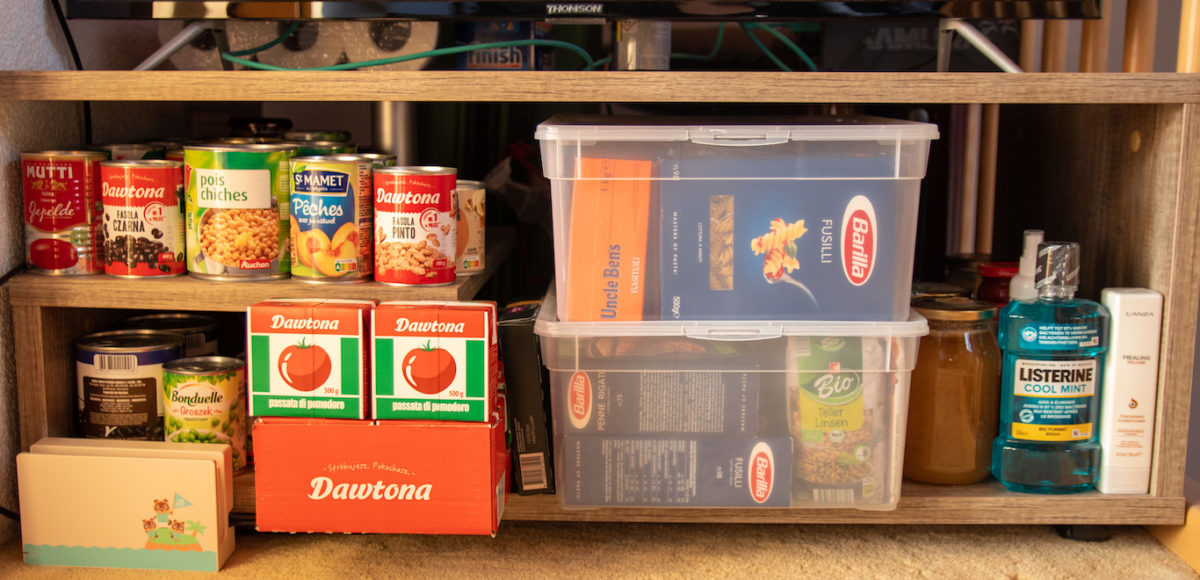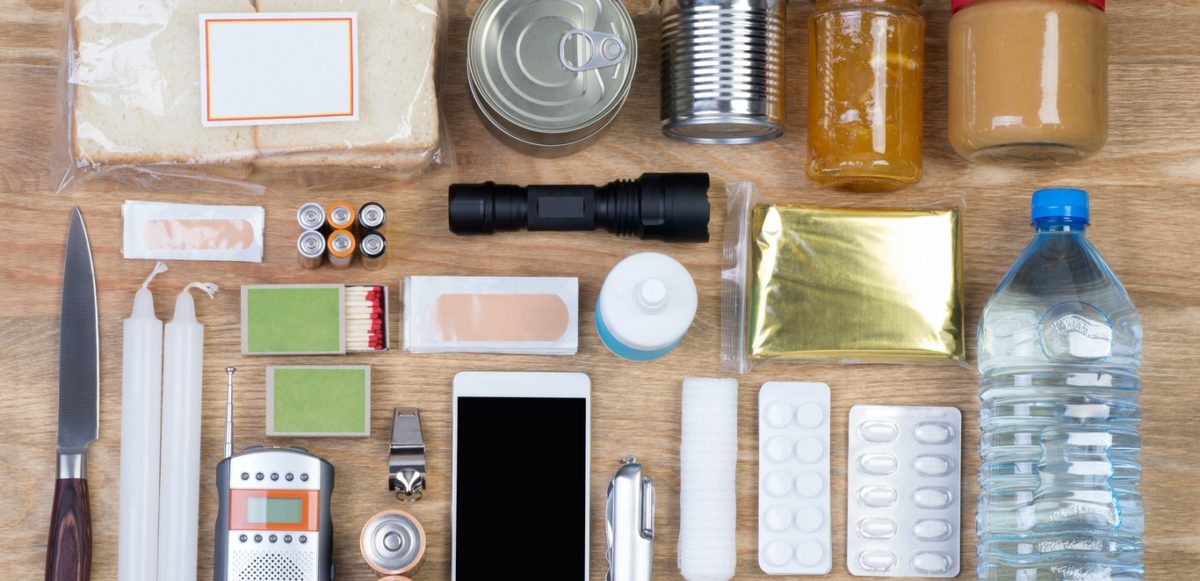Natural disasters displaced homeowners in record numbers in 2017, leaving many with little more than the clothes on their backs. According to the National Center for Environmental Information, the U.S. experienced 15 natural disasters that cost the country at least $1 billion — and that was before the wildfires that ravaged Southern California at year’s end.
In the wake of such troubling news, it’s nice to know that you have helpful options for setting up temporary housing should you ever lose your home in a flood or a fire. Temporary apartments, mobile homes, trailers, and innovative designs, such as modern microhouses from Kasita, all provide temporary disaster relief housing solutions.
If you’re rebuilding your house after a tornado, flood, fire, or other natural disaster, here are a few ways to make your temporary home feel like home.
Choose a Type of Temporary Home
Temporary housing can be expensive, even if your homeowner’s insurance covers some of the cost. If your policy includes “loss of use” coverage, it typically covers expenses for maintaining a second temporary residence while your home is repaired or rebuilt. Check your policy and talk to your insurance agent to understand your coverage.
If you expect your displacement to last fewer than 30 days, then you may do fine staying in a hotel room with a kitchenette. However, as Mark Edelen of Corporatehousing.com notes, most insurers don’t want you to stay in a hotel for more than 30 days.
If repairs are expected to take several months or more, then you will most likely need to rent an apartment or corporate housing. These types of housing give you more space and privacy as well as a full kitchen for preparing home-cooked meals. Additionally, there’s often an option to select a space that has been fully furnished.
If you need to be on or near your property as you rebuild, a mobile home might be a good choice. Several companies offer temporary disaster relief housing solutions that include mobile homes and travel trailers. Newer companies like Kasita even offer contemporary portable homes.
Replace Essential Clothing
Many people emerge from a natural disaster with virtually nothing. Kids may wear the same clothes to school day after day until parents get back on their feet. Food, water, and housing take priority over clothing, but you will need a few essentials right away.
Pick up the basics (socks, underwear) at discount stores, and scout thrift stores for quality clothing at deep discounts. You can also research local community organizations for clothing donation assistance and register with FEMA. If you qualify, the organization’s disaster assistance funds can help pay for clothing and other non-housing disaster assistance.
As life slowly returns to some semblance of normalcy, you can gradually add to your wardrobe with new pairs of jeans, outfits for work, and back-to-school clothes for the kids. When buying toiletries, household goods, and other items, take your time and focus on the essentials first.
Furnish Wisely
If you lost your furniture in a natural disaster, it’s tempting to replace everything right away to regain a sense of normalcy. Resist the temptation. What works in your temporary home may not work in your permanent abode. It’s also a good idea to stay conservative with spending until you resolve insurance claims and other issues.
CORT Furniture Rental offers a stress-free solution for displaced homeowners. In just a few clicks, you can furnish your entire temporary home — or even your permanent one — to suit your style and budget. CORT offers everything from high-quality furniture to essentials like bedding, appliances, and towels with delivery in as little as 48 hours. If you purchase new furniture when moving back into your permanent home, simply give CORT a call to schedule a pickup. No heavy lifting required.
As a first responder during 9/11 and Hurricane Katrina and a supporter of Hurricane Harvey and Irma recovery efforts, CORT understands the stress that comes with losing your home in a natural disaster. The company works closely with disaster relief agencies, insurance companies, and individuals to make the process of furnishing your home as smooth as possible.
When you need a furniture solution for your temporary home, contact CORT for all the help you need.



